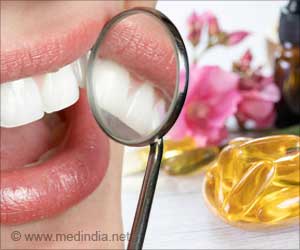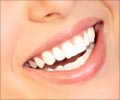Researchers sought strategies to reduce the risk of airborne transmission of COVID-19 and found that adding hydrogen peroxide is indeed a well-rounded approach.

‘Hydrogen peroxide not only aggressively fights the survival of the COVID-19 virus but also creates larger droplets which further reduce the probability of long residence times in the room air.’





Ultrasonic instruments and other dental tools contribute to aerosolized saliva, contaminated water, or blood, and raise the risk for spreading pathogens to surroundings.Some dentists already knew that adding 1% hydrogen peroxide or 0.2% povidone offered the potential benefit of mild antiseptics, leading to the idea that adding the peroxide compound to dental instruments’ water supply could reduce COVID-19 virus spreading through dental procedures.
For this study, researchers tested how the spray produced by a common ultrasonic scaler device is changed by adding hydrogen peroxide to the device’s water supply.
First, they measured the droplet sizes and velocities emitted by the tip of a free-standing ultrasonic dental scaler and then compared using pure water and different hydrogen peroxide concentrations in the tool’s water supply line.
The results showed that the addition of the oxidant hydrogen peroxide affects the droplet size and the ejection velocities in ways that offer data-driven guidelines for mitigating the risk of COVID-19 spreading.
Advertisement
Though researchers did not test droplets that contained the virus, they hypothesize that the probability of any virus in a patient’s mouth surviving is reduced by the hydrogen peroxide solution.
Advertisement
Further research would be necessary to find the actual pathogen load of the droplets (which depends on interactions of the ejected fluid with oral tissues and teeth), the corresponding liquid properties, and the role of the dental device’s movement around the mouth plays in droplet airborne COVID-19 dispersion.
Source-Medindia















